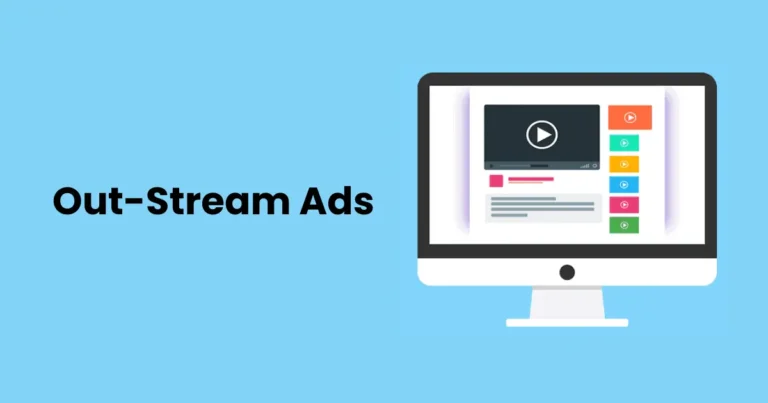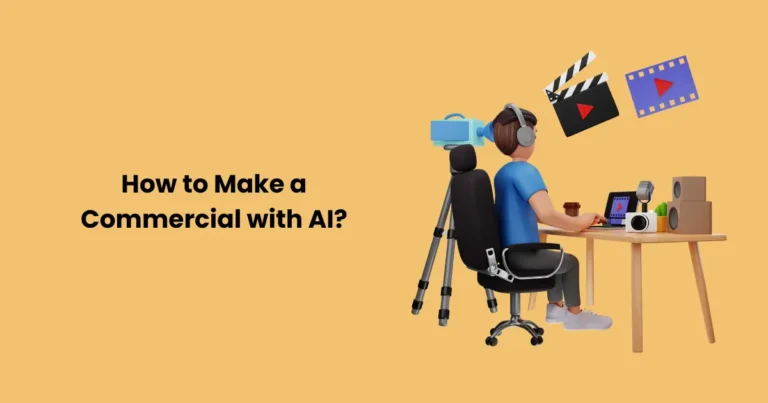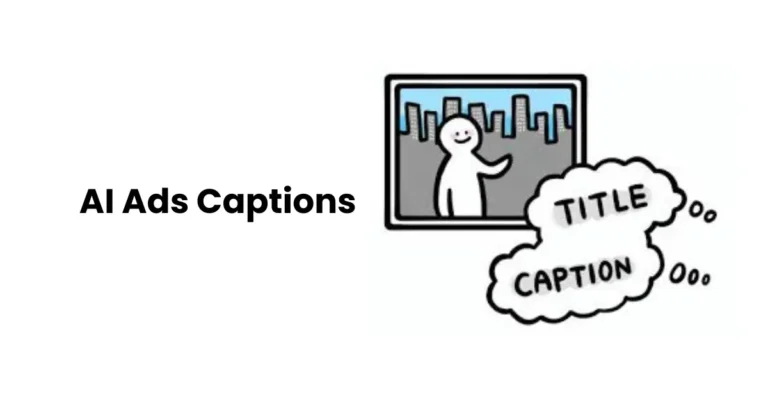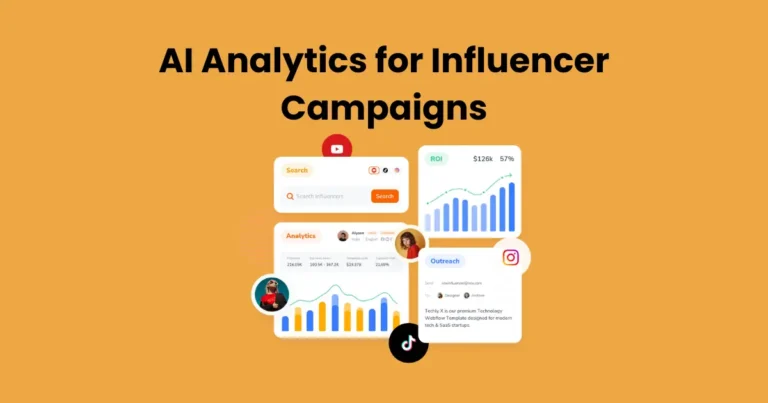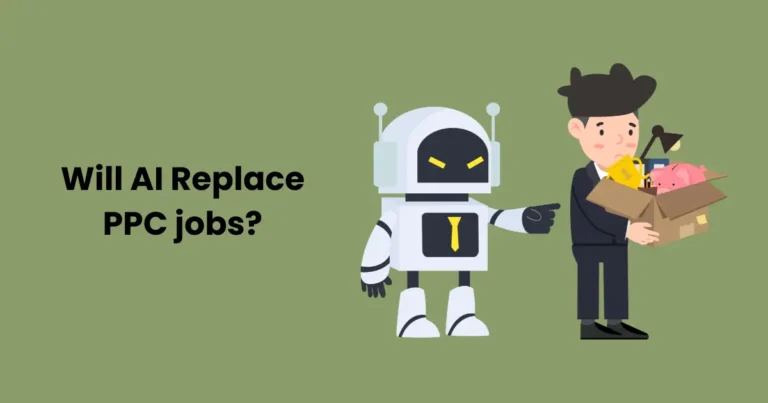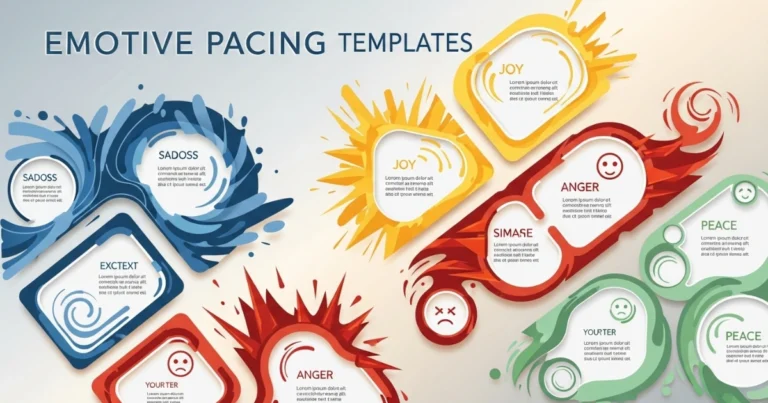Can I Use AI Art Commercially? | AI Art and Copyright Laws
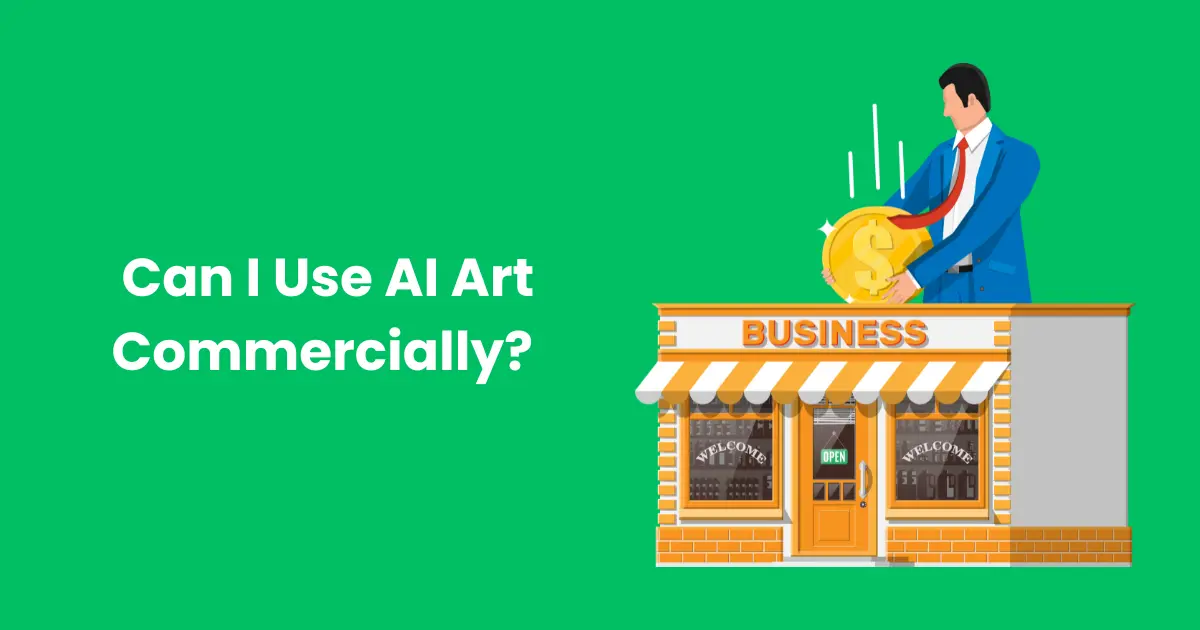
Contents
- 1 Legal Considerations for Using AI Art Commercially
- 2 AI Art and Copyright Laws
- 3 Licensing AI Art for Commercial Use
- 4 Ethical Implications of Using AI Art Commercially
- 5 Risks Involved with Using AI Art Commercially
- 6 How to Safely Use AI Art Commercially
- 6.1 1. Understand Licensing and Ownership Rights
- 6.2 2. Use Reliable AI Art Tools and Platforms
- 6.3 3. Be Transparent About AI Usage
- 6.4 4. Mix AI Art with Human Creativity
- 6.5 5. Regularly Review the Art for Quality
- 6.6 6. Stay Informed on Legal and Ethical Standards
- 6.7 7. Consider Custom AI Art Solutions
- 6.8 Conclusion
With the rapid rise of artificial intelligence (AI) technology, one question has emerged among artists, businesses, and creators: Can I use AI art commercially? As AI-generated artwork becomes more accessible and popular, many wonder whether it can be used in business ventures, marketing campaigns, or product designs. While AI art presents incredible opportunities for innovation and creativity, understanding the legal, ethical, and licensing implications is crucial before using it commercially. In this article, we will explore the various factors that influence the commercial use of AI art, including copyright concerns, intellectual property rights, and the ethical debates surrounding its use. By the end of this guide, you’ll be better equipped to navigate the complexities of using AI art in a commercial setting.
This introduction establishes the main topic while ensuring that the keyword “Can I use AI art commercially?” is present right from the start.
Legal Considerations for Using AI Art Commercially
When it comes to using AI art commercially, it’s important to consider the legal framework surrounding its use. Unlike traditional art created by human artists, AI-generated artwork introduces complexities in terms of ownership, copyright, and intellectual property rights. As the field of AI art continues to evolve, businesses must remain informed of the legal considerations to avoid potential pitfalls.

Copyright Issues with AI-Generated Art
One of the most pressing legal concerns when using AI art commercially is the issue of copyright. Copyright laws traditionally require a human creator for a work to be protected. Since AI does not have legal personhood, it challenges the fundamental concept of authorship in intellectual property law. In most jurisdictions, if AI creates an artwork with no human input, it’s unclear who owns the copyright. For businesses using AI art, this uncertainty can result in potential legal risks, especially if the art is used in commercial projects without securing the proper rights or licenses.
Intellectual Property Rights of AI Art
The intellectual property rights associated with AI art are equally complicated. When AI generates art, it often relies on vast datasets and algorithms, which may include copyrighted works. This raises the question of whether AI art infringes upon existing intellectual property, especially when the data used to train the AI contains copyrighted images or materials. As such, businesses using AI art commercially must consider whether the AI art might be indirectly infringing on the rights of human artists or other content creators.
This section addresses the critical legal issues involved in using AI art for commercial purposes, ensuring that readers understand the importance of navigating copyright and intellectual property laws carefully.
AI Art and Copyright Laws
As AI-generated art becomes increasingly popular, understanding how copyright laws apply to these works is essential for anyone considering using AI art commercially. Copyright laws were designed to protect the rights of human creators, but AI-generated works challenge these traditional frameworks. In this section, we will explore how copyright laws apply to AI art, focusing on ownership, potential infringements, and the unique challenges that arise.

Who Owns AI-Generated Art?
A central issue in the commercial use of AI art revolves around ownership. Copyright law requires human authorship, and since AI is not a legal entity, determining who holds the rights to AI art can be complex. In some cases, the user who provides the instructions or inputs into the AI tool may be considered the creator, thereby owning the rights to the artwork. However, in other situations, the AI tool’s creators or the platform that provided the AI software may claim ownership, particularly if the terms of service grant them the rights to any works generated by their technology. For businesses and individuals looking to use AI art commercially, understanding the terms of service of the AI platform is crucial to avoid ownership disputes.
How AI Art Challenges Traditional Copyright
AI art challenges traditional notions of creativity and authorship, making it difficult to apply existing copyright laws. Copyright is based on the idea that the creator must have human agency, but since AI operates without human intervention in the creation process, the concept of authorship becomes muddled. This creates ambiguity regarding who holds the rights to the artwork. Additionally, because AI can generate works that are derivative of existing content (based on its training data), it could inadvertently infringe on the copyright of the original creators whose works were used to train the AI. This raises concerns about whether AI-generated art truly qualifies for copyright protection or whether it exists in a legal gray area.
This section helps to clarify the intersection of AI art and copyright laws, highlighting the challenges and uncertainties that businesses and creators may face when using AI art commercially.
Licensing AI Art for Commercial Use
When considering the commercial use of AI art, one of the most important steps is understanding the licensing options available. Unlike traditional artwork, which often involves clear licensing agreements, the process for licensing AI-generated art can be more complex. It’s essential to ensure that the AI art you plan to use commercially has the appropriate rights attached to it. This section will guide you through the process of purchasing and licensing AI art for business purposes, ensuring that you are legally protected.

Purchasing Rights for AI Art
Many platforms that offer AI-generated art also provide purchasing options that grant you commercial rights. These platforms often offer different tiers of licensing, from basic personal use to full commercial rights. The key is to carefully review the terms and conditions of these licenses to understand what rights you are purchasing. Some licenses may allow you to use AI art freely for advertising, product designs, or other commercial activities, while others might impose restrictions on certain types of usage, such as reselling or redistribution.
When purchasing AI art, ensure that the rights are clearly outlined. Does the license grant exclusive or non-exclusive rights? Are there any limitations on usage or modifications? For businesses looking to use AI art for branding or marketing, securing a license that includes exclusive rights may provide greater security against potential legal disputes.
How to License AI Art for Commercial Projects
Licensing AI art for commercial projects requires due diligence. Here are a few steps you can take to license AI art properly:
- Select a Trusted Platform: Choose an AI art platform that offers transparent licensing options and guarantees that the generated works are free from any third-party copyright issues.
- Understand the Licensing Agreement: Read through the licensing agreement carefully to ensure that it aligns with your commercial goals. Look for restrictions on usage, such as whether you can modify, sell, or use the art across multiple platforms.
- Secure the Rights in Writing: Ensure that the license is documented in writing and that you have the appropriate permissions to use the art in the manner you intend. Some platforms may even offer custom licensing options, allowing you to negotiate specific terms.
- Consider Long-Term Licensing: If you plan to use AI art commercially over an extended period or across multiple projects, consider negotiating a long-term license to ensure continued access to the artwork without needing to renew the terms regularly.
By following these steps, businesses can license AI art for commercial projects safely and legally, ensuring that they have the necessary rights to use the art without the risk of infringing on intellectual property laws.
Ethical Implications of Using AI Art Commercially
While the legal considerations of using AI art commercially are critical, the ethical implications are just as important. As AI-generated art becomes more integrated into commercial projects, businesses and creators must examine the broader consequences of using AI in this way. This section will explore the ethical issues surrounding AI art, including concerns about originality, the impact on human artists, and transparency with consumers.

Impact on Human Artists and Creative Industries
One of the most debated ethical concerns about using AI art commercially is its impact on human artists and the broader creative industries. Many argue that AI art undermines the value of human creativity, as AI systems can produce works at a much faster rate, often at a fraction of the cost. This raises the question: should AI-generated art be used commercially in a way that competes with or replaces human artists? For businesses looking to use AI art, it’s important to consider whether their actions may unintentionally devalue traditional artistry or contribute to the erosion of opportunities for human creators.
Furthermore, there is concern that AI-generated art may perpetuate the exploitation of human artists’ work. AI tools often rely on large datasets of existing artwork, which may include copyrighted works created by human artists. If these works are used to train AI systems without proper attribution or compensation to the original creators, it can raise ethical questions about whether AI art exploits the labor of human artists without their consent or fair compensation.
Originality and Ownership of AI Art
The question of originality is central to the ethics of AI art. Since AI generates artwork by processing data from a wide variety of sources, it is difficult to determine whether the art produced by AI is truly original. Many AI tools create works by remixing or combining elements from existing images, which could result in derivative works rather than completely original creations. When businesses use AI art commercially, they must ask whether they are truly offering something new or simply rehashing the work of others in a different form. This raises ethical concerns about whether AI art can genuinely be considered an original creative output.
Transparency with Consumers
As AI art becomes more prevalent in commercial use, it’s important for businesses to be transparent with consumers. There are ethical questions about whether consumers should be made aware that the art they are engaging with was created by an AI rather than a human artist. Transparency is crucial, especially if businesses use AI art in branding, advertisements, or products. By being upfront about the use of AI-generated content, businesses can foster trust with their audience and ensure that they are not misleading consumers into believing that the work was created by a human artist.
Ensuring Ethical Use of AI Art
To ethically use AI art commercially, businesses must adopt a responsible approach. Here are a few ways businesses can navigate the ethical landscape of AI art:
- Fair Compensation: If using AI art created from datasets containing human artwork, ensure that artists are compensated or credited appropriately.
- Respect for Artistic Integrity: Avoid using AI to replace human artists in ways that could devalue their work or reduce opportunities for traditional creatives.
- Transparency: Clearly communicate when AI-generated art is being used, especially if it is part of branding, marketing, or product design.
- Encourage Collaboration: Consider using AI as a tool for collaboration with human artists rather than a replacement, fostering a balance between human creativity and AI innovation.
By addressing these ethical concerns, businesses can make more informed decisions when using AI art commercially, ensuring that they are operating in a responsible and fair manner.
Risks Involved with Using AI Art Commercially
While AI art presents exciting possibilities for creativity and innovation, businesses must also consider the risks associated with using AI-generated artwork in commercial ventures. These risks can range from legal challenges to reputational damage. In this section, we will explore the key risks involved with using AI art commercially, helping you make informed decisions before incorporating it into your business.

Legal Risks and Copyright Infringement
As mentioned earlier, one of the most significant risks of using AI art commercially is the potential for copyright infringement. Since AI art is often generated by algorithms trained on vast datasets of existing works, there is a possibility that the AI art could unintentionally resemble or replicate copyrighted material. If businesses use AI-generated art without fully understanding its origins or licensing rights, they could face legal action from the original creators or copyright holders.
Even if AI-generated art does not directly copy existing works, there could still be concerns about whether the art is sufficiently original to qualify for copyright protection. In some cases, businesses may use AI art in good faith, only to discover later that they do not hold the necessary rights to use it commercially. To mitigate this risk, businesses must carefully review the licensing agreements and ownership rights associated with the AI tools they use and ensure that any generated art is clear of potential copyright issues.
Reputational Damage
Another significant risk of using AI art commercially is the potential for reputational damage. With the increasing awareness of AI technology, consumers are becoming more discerning about the authenticity of the content they engage with. If a business uses AI-generated art without being transparent about its origins, it could face backlash from consumers who feel misled or deceived. For example, using AI art in branding or advertising without disclosing that it was created by an AI system could damage the trust between a business and its audience.
Furthermore, businesses that rely solely on AI-generated art without incorporating human creativity may be perceived as taking shortcuts or devaluing the work of human artists. This could lead to negative publicity or a loss of consumer support, particularly among those who value traditional artistic processes.
Quality and Consistency Issues
AI-generated art is still evolving, and while the technology has made great strides, it may not always produce the desired quality or consistency for commercial use. AI tools can sometimes produce artwork that lacks the nuance, emotional depth, or originality that human artists can provide. For businesses using AI art in branding, advertising, or product design, there is a risk that the art may not meet the quality standards required for a successful commercial campaign.
Additionally, AI art generation may not always be as predictable as businesses might hope. The output can vary significantly based on the input data, the algorithm used, and the specific parameters set by the user. This unpredictability could result in inconsistent results that are not suitable for long-term commercial use.
Ethical and Social Risks
As discussed earlier, the ethical implications of using AI art commercially also present potential risks. Businesses that fail to address the ethical concerns surrounding AI art—such as the impact on human artists, the originality of the art, or the use of copyrighted datasets—could face backlash from the public or industry stakeholders. This could lead to protests from artists’ groups, accusations of exploitation, or consumer boycotts.
Moreover, AI-generated art can perpetuate biases if the datasets used to train the AI algorithms are flawed. If the AI is trained on biased or non-representative data, it could produce artwork that is culturally insensitive, discriminatory, or offensive. Businesses must be mindful of these risks and ensure that AI art is used responsibly to avoid reputational harm or negative social consequences.
Mitigating the Risks
To minimize the risks associated with using AI art commercially, businesses should consider the following strategies:
- Conduct Thorough Research: Ensure that you understand the copyright, licensing, and ownership issues surrounding AI-generated art before using it in commercial projects.
- Be Transparent: Clearly communicate to consumers when AI-generated art is being used, especially if it is part of branding, advertising, or product designs.
- Quality Control: Regularly assess the quality of AI art to ensure that it meets the standards required for commercial use, and consider blending AI art with human creativity for more nuanced and consistent results.
- Ethical Considerations: Make sure that AI art is created and used in a way that respects human artists and avoids perpetuating bias or discrimination.
- Legal Protections: Secure proper licensing and rights for AI-generated art to avoid copyright infringement or other legal challenges.
By being aware of these risks and taking proactive steps to mitigate them, businesses can use AI art commercially while minimizing potential downsides.
How to Safely Use AI Art Commercially
Using AI art commercially can be a great way to enhance creativity and cut costs, but it is essential to do so responsibly and safely. This ensures that you are legally compliant, ethically sound, and transparent with your audience. Here are some key steps to safely incorporate AI art into your commercial ventures:

1. Understand Licensing and Ownership Rights
The first and most crucial step is understanding the licensing and ownership rights attached to the AI-generated art. When you use AI art for commercial purposes, ensure that you have secured the proper rights to use, modify, and distribute the art. Many AI art platforms offer different types of licenses, ranging from personal to full commercial rights. It is vital to select the appropriate license that aligns with your intended use.
Additionally, ensure that the AI platform you’re using provides clear ownership terms. Some platforms may claim ownership of the generated artwork, while others may grant full rights to the user. Review the terms carefully and ensure you are purchasing a license that permits you to use the art in commercial projects such as marketing, product packaging, or advertisements.
2. Use Reliable AI Art Tools and Platforms
Not all AI art platforms are created equal. To avoid legal and ethical complications, choose a reputable AI tool or platform that offers clear terms of service and transparency regarding the use of AI-generated art. Platforms with a proven track record typically offer secure and reliable licensing, reducing the risk of copyright infringement and ensuring that the art you use is free of legal entanglements.
Before proceeding, check if the platform provides any guarantees regarding the originality and legality of the AI art it generates. Some platforms vet the art against existing copyrighted works to ensure it doesn’t violate intellectual property rights. This can provide an added layer of protection for businesses looking to use AI art commercially.
3. Be Transparent About AI Usage
Transparency is key when using AI art in commercial applications. It’s important to inform your audience that the artwork has been generated by an AI system. This transparency builds trust with your consumers and avoids any accusations of misleading marketing. Whether you’re using AI art for social media content, packaging design, or website visuals, make sure to disclose that the artwork is AI-generated.
Transparency can also extend to how you credit the AI system or platform. Some businesses choose to mention the AI tool used in their credits, while others simply note that the artwork was created with AI technology. This approach fosters honesty and avoids any ethical gray areas regarding the origin of the art.
4. Mix AI Art with Human Creativity
While AI art can be a powerful tool, it’s important to combine it with human creativity for the best results. Relying solely on AI-generated art might limit the depth and uniqueness of the creative output. Instead, consider using AI art as a tool for inspiration or as a base to build upon, allowing human artists to add their personal touch, creativity, and expertise.
Blending AI art with traditional artistry or other creative methods can lead to more dynamic and original results. This ensures that your commercial projects stand out while minimizing concerns about originality or over-reliance on automated systems.
5. Regularly Review the Art for Quality
AI-generated art can sometimes lack the refinement or attention to detail that human artists provide. As a business, it’s crucial to regularly review the quality of the art you are using commercially. This includes evaluating the composition, style, resolution, and overall appeal of the artwork to ensure it aligns with your brand image and meets the quality standards of your project.
If necessary, consider fine-tuning or enhancing the AI-generated art to better suit your needs. Editing the artwork, adjusting colors, or adding elements can elevate the final product and ensure it is polished and ready for commercial use.
6. Stay Informed on Legal and Ethical Standards
AI art laws and ethical guidelines are still evolving, and it’s essential to stay informed about any changes in regulations that could affect the use of AI art in commercial settings. As the technology advances, new laws may emerge, and ethical considerations may shift. Being proactive in understanding these changes will help ensure that you remain compliant and avoid potential legal or reputational risks.
Keep track of developments in copyright law, as well as discussions in the art and tech communities regarding the ethical implications of AI-generated content. This knowledge will help you make informed decisions and adapt your practices as needed.
7. Consider Custom AI Art Solutions
For businesses with ongoing commercial needs, working with custom AI art solutions can offer added control over the creative process. Custom solutions allow businesses to work closely with AI providers to create unique artwork tailored to their specific requirements. This can help avoid the risks of using generic, mass-produced AI art and give you more flexibility in licensing and ownership.
Custom AI-generated art solutions also allow for the possibility of exclusive rights to the artwork, which can add value to your commercial projects by ensuring that no one else will use the same art.
By following these steps, businesses can safely use AI art commercially while minimizing the risks associated with copyright infringement, ethical concerns, and reputational damage. With a careful and thoughtful approach, AI-generated art can be a powerful tool for creativity and marketing, opening up new possibilities for businesses across industries.
Conclusion
In conclusion, AI art has the potential to revolutionize the way businesses approach creativity and visual design, offering a cost-effective and innovative solution for various commercial uses. However, using AI art commercially requires careful consideration of legal, ethical, and practical factors. Understanding licensing agreements, ownership rights, and the risks involved is crucial to ensuring a smooth and compliant integration of AI art into your business ventures.
To safely use AI art commercially, businesses should choose reliable AI platforms, be transparent with their audiences, and combine AI-generated work with human creativity for the best results. Additionally, staying informed about the evolving legal landscape and regularly reviewing the quality and originality of AI art are essential steps in protecting your business from potential pitfalls. By approaching AI art responsibly and ethically, businesses can harness its full potential while minimizing risks, paving the way for successful and innovative commercial projects that captivate and engage audiences.

